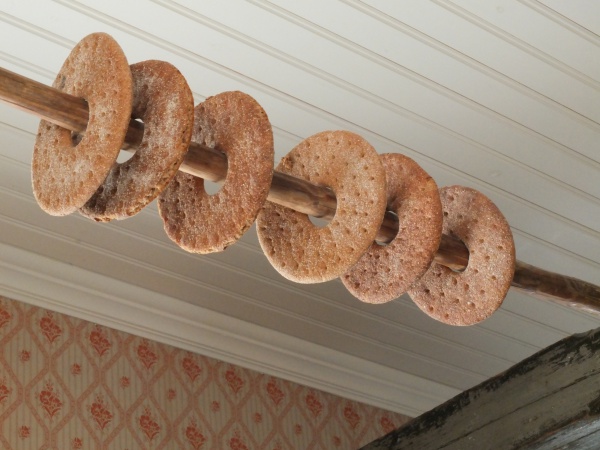Facts About Ruisreikäleipä
Ruisreikäleipä is a distinctive type of Finnish bread made from rye flour, easily recognized by its flat, ring-shaped loaf with a hole in the center. This traditional bread originates from western Finland, where it was historically baked in flat rings and hung on poles to dry and mature in the warm air. The hole in the middle wasn't merely decorative; it facilitated hanging the bread for drying.
While ruisreikäleipä is a staple in western Finland, eastern Finns prefer a thicker rye bread called ruislimppu. The methods of making these breads are closely tied to the historical house construction styles in western Finland, where the baking oven was separate from the heating oven.
One of the key differences between ruisreikäleipä and ruislimppu is the texture. Ruisreikäleipä is denser and contains more fiber, making it ideal for the long, cold northern winters. Its texture can range from slightly gummy to very crunchy, depending on its age. Due to its density, it requires some effort to chew, but as you do, the flavor evolves—starting sour and earthy and becoming sweeter as the amylase enzymes in your saliva break down the starches.
Today, ruisreikäleipä remains a cherished part of the Finnish diet. It is available in various forms and stages of aging year-round. Its distinctive taste and traditional preparation methods make it an integral part of Finnish culinary heritage.

 Norway
Norway